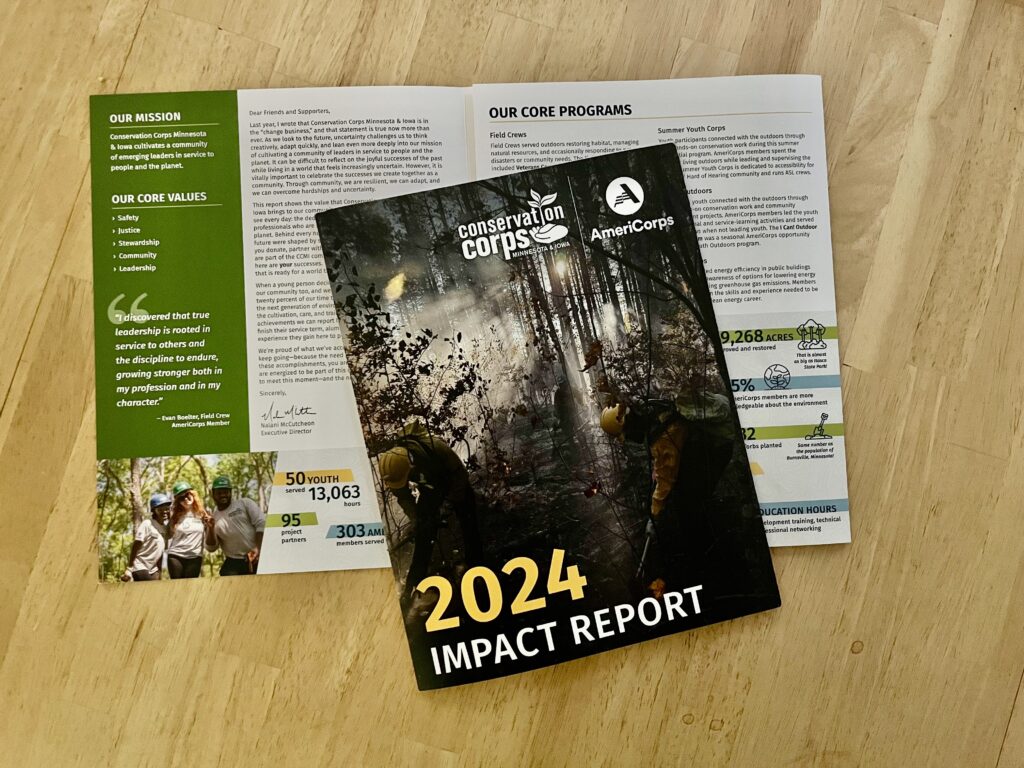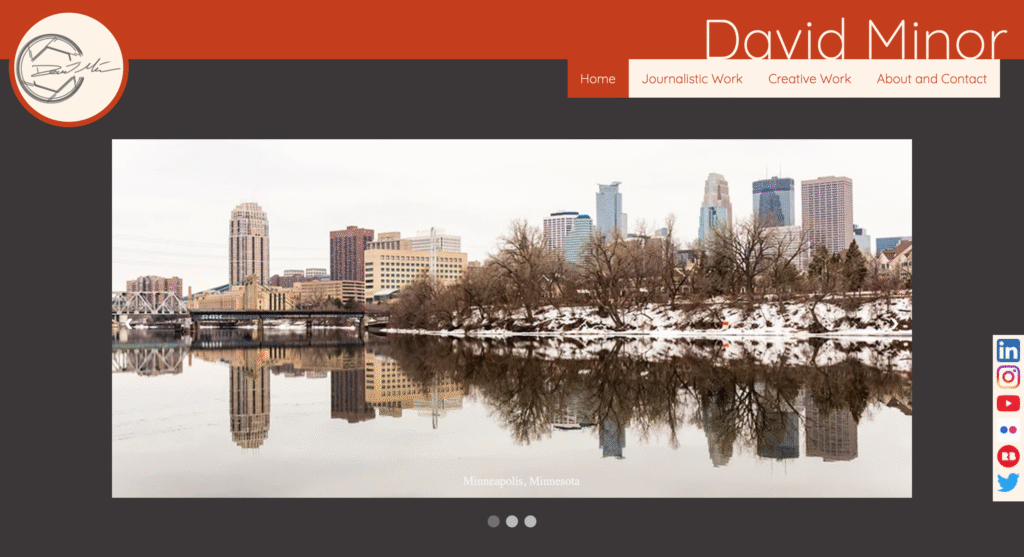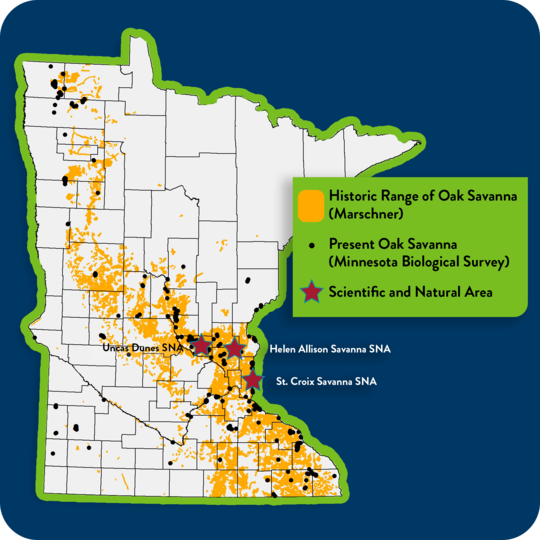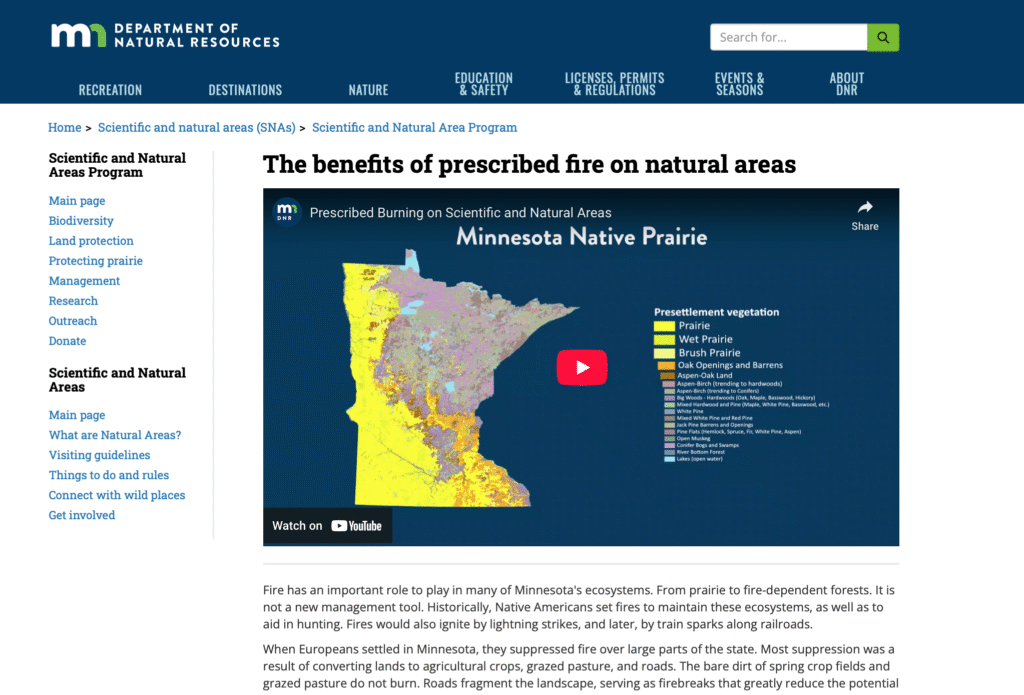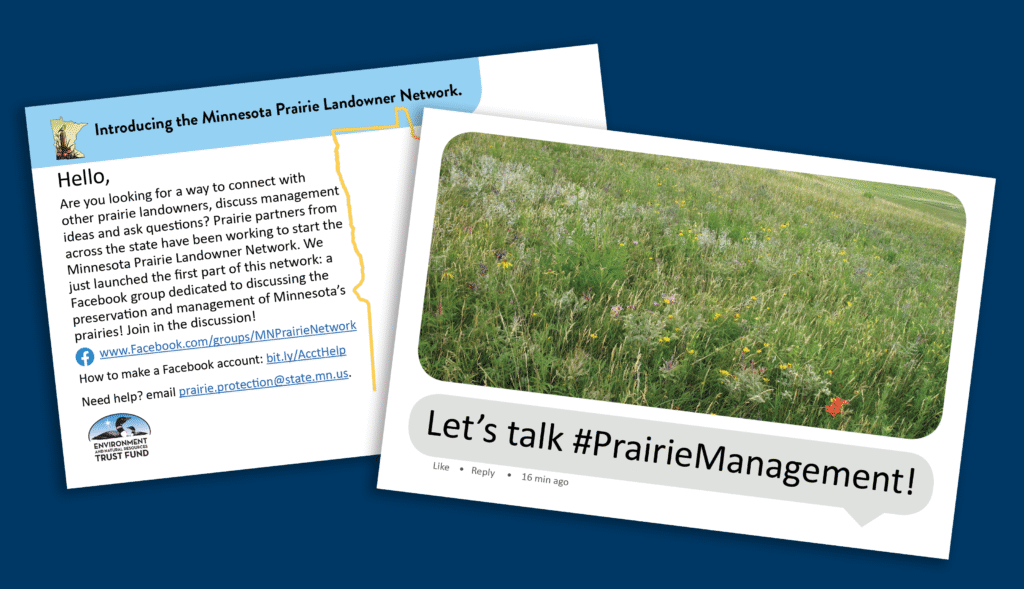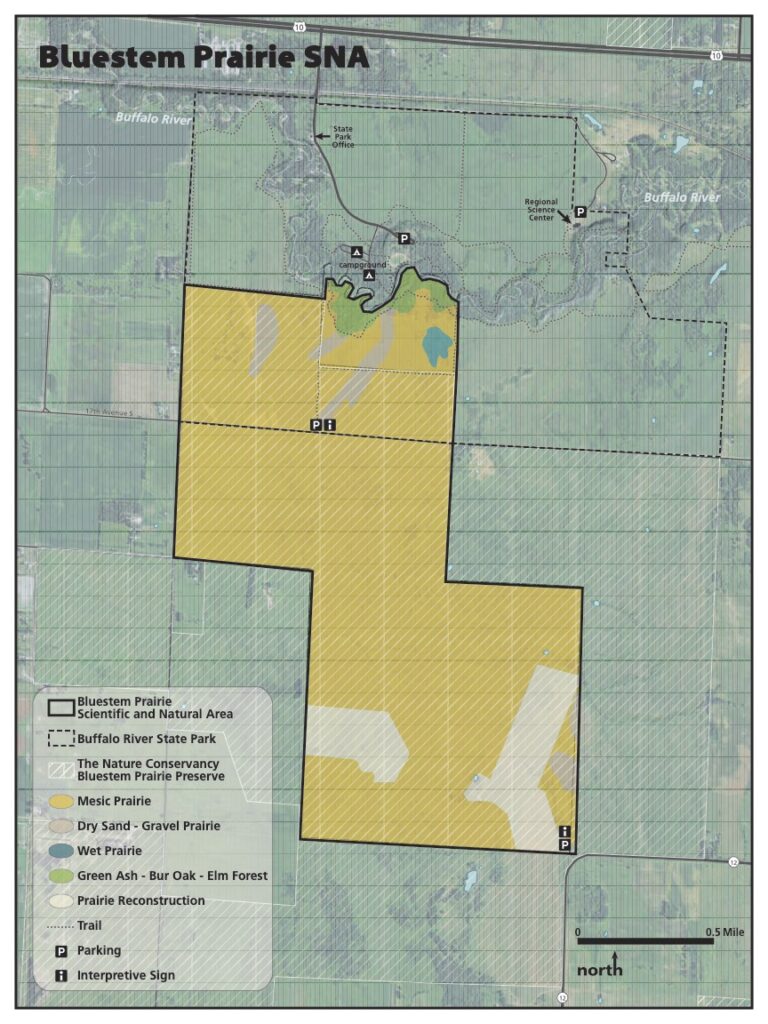By David Minor
2 April 2017
Essma Imady, a Minnesota artist, moved with her parents to Syria when she was 5-years-old. She returned to Minnesota 20 years later with her husband, intending to move back to Syria after finishing school. After violence in Syria escalated, they realized they could not go back.
Essma, now 29, is a practicing artist in Minnesota and has just received several artist grants to travel and make work.
Growing up in Damascus, Syria, there were no art programs in school, Essma said. She had to find other ways to use her creative energy. That came in the form of elaborate gifts for her family and friends. Essma told a story about a friend who said she wasn’t enjoying the poetry she was studying. Essma saw a problem and wanted to fix it, so she made a 30 minute video about poetry along with an accompanying book with the poetry from the video and gave it to her friend. Looking back on it now, she said, it’s clear that the gifts she made for people were her way of expending creative energy.
Her sister, Nusaiba Imady, said she worked hard to become a good artist as a child. She would ask their grandmother to bring art books from the United States when she would visit, she said.
Essma moved from Damascus back to Minnesota with her husband, Bashar Shehadeh, when he received a Fulbright scholarship to study in the U.S., she said. He was on a J-1 visa, which required him to return to Syria for two years. After he and Essma decided that they could not go back and they needed to stay in Minnesota, they applied for a waiver for the two-year requirement. This was a traumatic process, Essma said, because they needed to compile a list of all the reasons why he would personally be in danger if he returned to Syria.
Only once he got the waiver, she said, did she truly believe they were not going to be able to go back. “Once America stopped being a transitional space, I had to reconfigure my future,” Essma said. It was then, she said, when she started trying to be an artist in Minnesota.
The artwork Essma creates is often about the war in Syria, but she can only speak from her own perspective, she said. “I’m not speaking for the Syrian people, I’m speaking for my Syrian, individual self,” she said.
One of her pieces involves the daily emails she receives from her grandmother in Syria. Every day, she would get an email from her grandmother, but she said she would only skim it quickly to make sure everything was okay. For her piece though, she printed off thousands of these daily emails and bound them in a large book, about 3 inches thick, with gilded edges. She created a pedestal for the book to rest on and during the exhibition, she stood at it, reading the emails aloud. She read a portion of an email while in her studio Thursday evening. “There is the sound of all kinds of weapons. From machine guns to mortars to rockets. I just can’t face yoga today,” Essma read from the book. She explained that people don’t think about how people in Syria are living their daily lives, with war happening around them.
While the work she creates is personal, it connects to a broader audience. “It encapsulates how the very personal can be universal,” said Essma’s sister, Nusaiba “You can read case study after case study on something but never really get it, until you see one of her pieces – and it hits something inside of you.”
Essma said that she uses her work as a means of processing the sort of “survivor’s guilt” that she feels for being able to be in the United States while other people, like her best friend, cannot.
The process of creating work was explained by Essma in three steps. If she feels like she needs to make work about something or give a voice to something, which is often about a tragedy or attack that recently happened in Syria, she said she will first inundate herself with media, forcing herself to read many news articles. After going through this first step, which she described as a “self-flagellation process,” she will sit with those feelings and process it for a few days, she said, forming an idea. When she starts the final step of making the piece, she said she cuts off herself from the news, “almost as though in my head I’ve said, ‘You are now forgiven, you don’t have to don’t have to expose yourself to this anymore.’”
Essma recently moved into a house in Woodbury, Minnesota, and is in the process of moving everything from her old studio to her garage, where she can create her art while taking care of her 3-year-old daughter, Tamara.
Right now, Essma said, her daughter thinks of Syria as the resting place of the sun, because that’s where it goes at night. She said she wondered how she will eventually explain her home in Syria to her daughter. “How do I [say], ‘I want you to be connected to this country that you’re genetically and historically from, and that I’ve had a completely different experience of than you can ever really have – how do I connect you to it without telling you a really sad, horrible story that might make you not want to have anything to do with that?’” she said.
Essma explained this while in her studio, with 3-year-old Tamara watching Dr. Seuss in the background. “Hopefully she’s not listening right now, because she’s watching ‘The Sneetches,’” she whispered.
Essma received an $8,000 Emerging Artist Project Grant this year that she is using to install a light fixture in a Minneapolis mosque, intending to create a connection between communities, she said. She also received the Travel and Study Grant from the Jerome Foundation. She will travel to Istanbul in May where she will study Islamic art and patternmaking. While in Istanbul, she will start making a documentary about how connections to tradition, religion, friends and family change after a disaster, she said. She is also set to open an exhibition next year at the Minneapolis Institute of Art through the Minnesota Artist Exhibition Program, she said.

